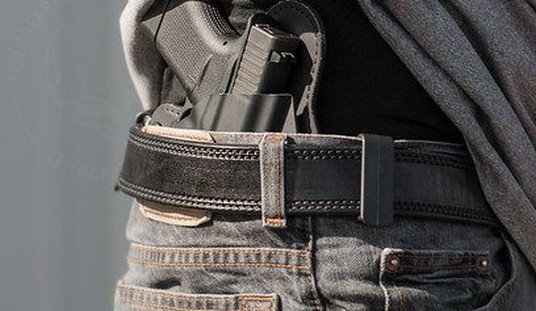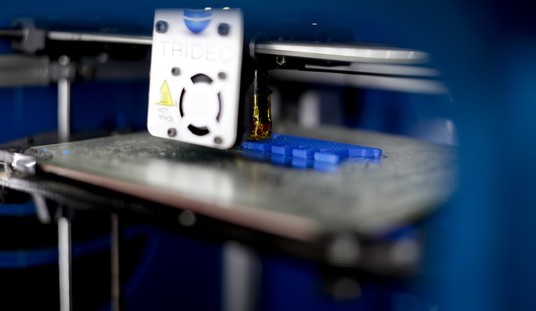I’m not sure precisely what spurred the relatively recent trend towards civilians obtaining body armor, but I’m certainly in favor of it. It’s incredibly practical if you’re taking a “shoot house” type firearms course or a course with lots of movement and differing levels of skill among the shooters, and while steel armor is a lot heavier than the polyethylene or ceramic plates used in most military units and law enforcement agencies, it is also typically more rugged and long lasting.
Steel plate armor can also (theoretically) be very useful in home invasion scenarios, and many people who carry an “ISIS welcome kit” in their cars (which a surprising number of people are doing these days) that involves a long gun and first aid kits are putting plate carriers packing armor into the mix as well.
There are also a lot of preppers who are stocking up on steel armor plates in their plate carriers for what we call “failures of civility,” as well, and they tend to buy multiple sets of armor, with one set of front and back plates for every family member (and many opt for the side plates as well.
From a purely logical perspective, being able to protect your body against incoming rounds makes a lot of sense if you know you are going to be thrust into a scenario where gunfire is likely. While we all like to think we’re going to be faster and more accurate that the “other guy,” a pragmatist knows that won’t always be the case.
Have any of you invested in hard plate armor like Matt tests in many of his videos?
If so, what scenarios convinced you that purchasing plate armor was something that you needed to do?








Join the conversation as a VIP Member